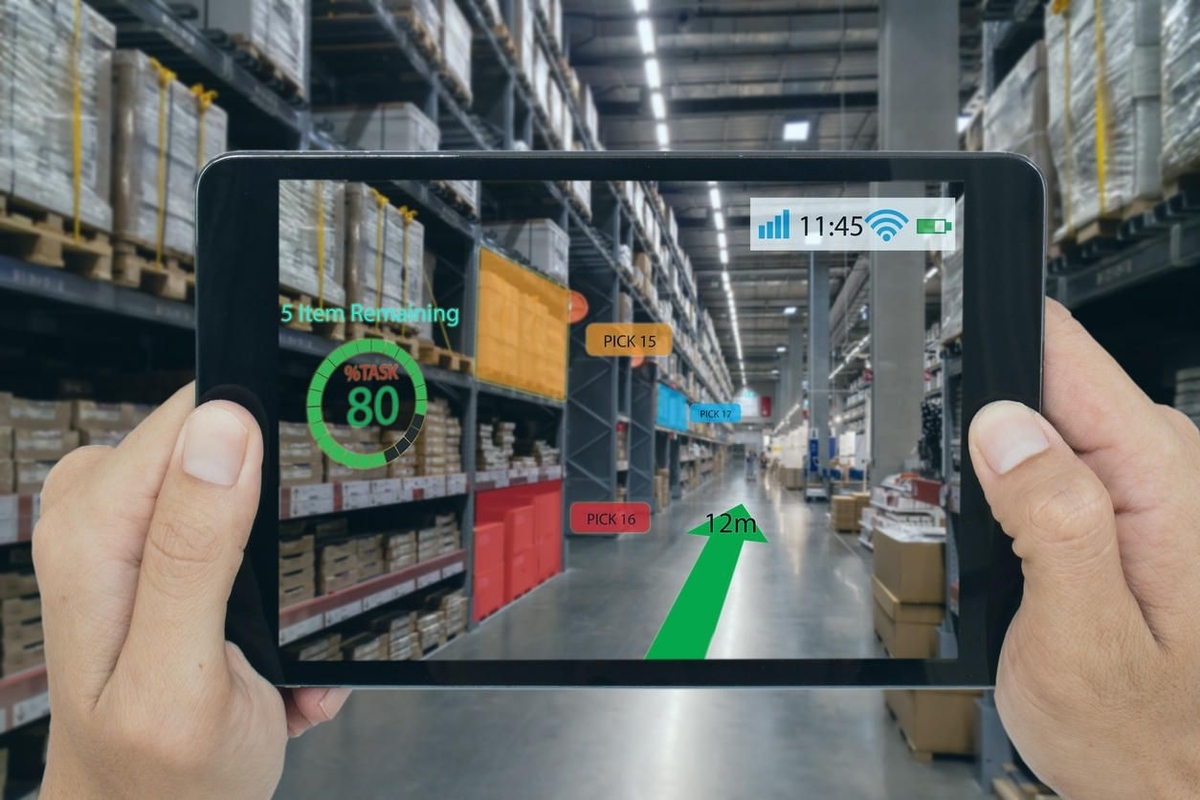In recent years, augmented reality (AR) has emerged as a groundbreaking technology that can potentially transform various industries.
One such industry that AR has greatly influenced is branding. Augmented reality offers unique and immersive experiences that enable brands to engage with their audience innovatively. By blending the digital and physical worlds, AR has opened up new avenues for brand storytelling, product visualization, and customer interaction.
In this article, we will explore the impact of augmented reality on branding and how it has revolutionized how businesses connect with their customers.
The Rise of Augmented Reality in Branding
Augmented reality has gained significant traction in recent years, primarily due to advancements in mobile technology and the widespread adoption of smartphones. With millions of people carrying AR-capable devices in their pockets, brands have recognized the potential to leverage this technology to create unique and memorable experiences.
One of the critical advantages of augmented reality in branding is its ability to bridge the gap between the physical and digital worlds. By overlaying virtual elements in the real environment, AR allows brands to showcase their products or services in an interactive and immersive manner. This not only captures the attention of consumers but also enhances their overall brand experience.
Enhancing Brand Storytelling
Brands constantly seek new ways to tell their story and create a lasting impression on consumers. Augmented reality provides a powerful tool to achieve this goal. With AR, brands can bring their narratives to life by creating interactive and engaging experiences.
For instance, a fashion brand could use AR to allow customers to virtually try on clothes before making a purchase. This not only adds an element of fun but also helps customers make more informed buying decisions. By enabling users to visualize themselves wearing the brand’s products, augmented reality strengthens the emotional connection between the consumer and the brand.
Immersive Product Visualization
Augmented reality has revolutionized the way products are visualized in branding. Traditionally, consumers had to rely on static images or videos to understand how a product would look or function in real life. However, with AR, brands can offer customers a truly immersive and interactive product visualization experience.
Imagine seeing how a piece of furniture would look in your living room before buying it or virtually test-driving a car without leaving your home. Augmented reality makes these scenarios possible, enabling brands to give potential customers a realistic and personalized preview of their offerings.
By allowing consumers to engage with products in a virtual space, AR not only enhances their shopping experience but also increases their confidence in making purchase decisions.
Augmented Reality in Retail Spaces
Physical retail spaces have faced increasing challenges due to the rise of e-commerce. To stay competitive, brands must provide unique experiences that cannot be replicated online. Augmented reality offers a solution by transforming physical stores into interactive and engaging environments.
By integrating AR into retail spaces, brands can offer customers a blend of the physical and digital worlds. For example, a cosmetic brand could use AR mirrors that overlay virtual makeup on the customer’s face, allowing them to experiment with different looks without actually applying any products. This not only enhances the shopping experience but also encourages customers to spend more time in-store, leading to increased brand exposure and potential sales.
Interactive Brand Activations and Marketing Campaigns
Augmented reality provides brands a powerful tool to create interactive and memorable brand activations and marketing campaigns. By leveraging AR technology, brands can captivate their audience in unique and unexpected ways.
For instance, a food and beverage brand could launch an AR-powered game where customers can scan product packaging to unlock virtual characters or win prizes. This not only generates excitement and engagement but also increases brand awareness and encourages repeat purchases.
By integrating augmented reality into their marketing strategies, brands can stand out in a crowded marketplace and leave a lasting impression on their target audience.
The Future of Augmented Reality in Branding
As technology advances, augmented reality is expected to play an even more significant role in branding. With the introduction of wearable AR devices such as smart glasses, the possibilities for immersive brand experiences are boundless.
In the future, we can expect to see brands leveraging AR to create personalized and context-aware experiences. Imagine receiving tailored product recommendations based on your location or having virtual shopping assistants guide you through a store. Augmented reality will continue to blur the lines between the physical and digital worlds, transforming the way brands engage with consumers.
Conclusion
Augmented reality has undoubtedly made a profound impact on branding. By harnessing the power of AR, brands can enhance their storytelling, provide immersive product visualization, transform retail spaces, and create interactive marketing campaigns. With the ability to blend the physical and digital worlds, augmented reality offers a unique and engaging way for brands to connect with their audience.
As technology advances, we can expect to see even more innovative and creative applications of AR in branding, shaping the future of consumer experiences. So, embrace the power of augmented reality and unlock the full potential of your brand. How augmented reality impacts branding? It opens up a world of endless possibilities.







